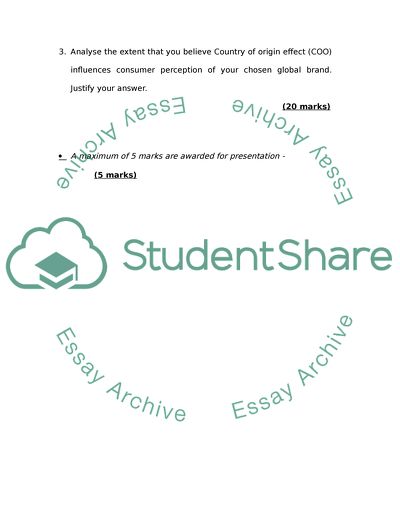Cite this document
(“Questions on International Marketing Essay Example | Topics and Well Written Essays - 2750 words”, n.d.)
Questions on International Marketing Essay Example | Topics and Well Written Essays - 2750 words. Retrieved from https://studentshare.org/marketing/1402411-international-marketing
Questions on International Marketing Essay Example | Topics and Well Written Essays - 2750 words. Retrieved from https://studentshare.org/marketing/1402411-international-marketing
(Questions on International Marketing Essay Example | Topics and Well Written Essays - 2750 Words)
Questions on International Marketing Essay Example | Topics and Well Written Essays - 2750 Words. https://studentshare.org/marketing/1402411-international-marketing.
Questions on International Marketing Essay Example | Topics and Well Written Essays - 2750 Words. https://studentshare.org/marketing/1402411-international-marketing.
“Questions on International Marketing Essay Example | Topics and Well Written Essays - 2750 Words”, n.d. https://studentshare.org/marketing/1402411-international-marketing.


